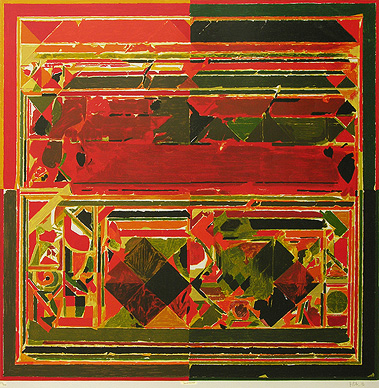Art movement that originated in the 19th century by a group in Paris.
Impressionist painting characteristics include relatively small, thin, yet visible brush strokes, open composition, emphasis on accurate depiction of light in its changing qualities (often accentuating the effects of the passage of time), ordinary subject matter, inclusion of movement as a crucial element of human perception and experience, and unusual visual angles. The development of Impressionism in the visual arts was soon followed by analogous styles in other media that became known as impressionist music and impressionist literature.
Impressionist painting characteristics include relatively small, thin, yet visible brush strokes, open composition, emphasis on accurate depiction of light in its changing qualities (often accentuating the effects of the passage of time), ordinary subject matter, inclusion of movement as a crucial element of human perception and experience, and unusual visual angles. The development of Impressionism in the visual arts was soon followed by analogous styles in other media that became known as impressionist music and impressionist literature.
Impressionist techniques
- Short, thick strokes of paint quickly capture the essence of the subject, rather than its details. The paint is often applied impasto.
- Colours are applied side-by-side with as little mixing as possible, creating a vibrant surface. The optical mixing of colours occurs in the eye of the viewer.
- Grays and dark tones are produced by mixing complementary colours. Pure impressionism avoids the use of black paint.
- Wet paint is placed into wet paint without waiting for successive applications to dry, producing softer edges and intermingling of colour.
- Painters often worked in the evening to produce effets de soir—the shadowy effects of evening or twilight.
- Impressionist paintings do not exploit the transparency of thin paint films (glazes), which earlier artists manipulated carefully to produce effects. The impressionist painting surface is typically opaque.
- The play of natural light is emphasized. Close attention is paid to the reflection of colours from object to object.
- In paintings made en plein air (outdoors), shadows are boldly painted with the blue of the sky as it is reflected onto surfaces, giving a sense of freshness previously not represented in painting. (Blue shadows on snow inspired the technique.)
Painters throughout history had occasionally used these methods, but Impressionists were the first to use them all together, and with such consistency. Earlier artists who used these techniques include Frans Hals, Diego Velázquez, Peter Paul Rubens, John Constable, andJ. M. W. Turner.
French painters who prepared the way for Impressionism include the Romantic colourist Eugène Delacroix, the leader of the realists Gustave Courbet, and painters of the Barbizon school such as Théodore Rousseau. The Impressionists learned much from the work of Jean-Baptiste-Camille Corot and Eugène Boudin, who painted from nature in a style that was similar to Impressionism, and who befriended and advised the younger artists.
Impressionists took advantage of the mid-century introduction of premixed paints in lead tubes (resembling modern toothpaste tubes), which allowed artists to work more spontaneously, both outdoors and indoors. Previously, painters made their own paints individually, by grinding and mixing dry pigment powders with linseed oil, which were then stored in animal bladders.
Pierre Renoir: Oarsmen at Chatou
Composition
| The Impressionists broke the traditional rules of composition and opened their style to experimenting. In their attempts to capture a given moment, they omitted detail in favor of the overall effect of the painting. They looked at their subjects from unusual angles and often cropped or framed their work in a way that was new to painting. A scene is often captured as if in passing or through the lens of a camera (a new invention at the time that enabled the Impressionists to study movement and gesture in real-life situations). Edgar Degas: Blue Dancers |
In the Stary Night everything swirls at night in St. Remy. It seems that the artist Vincent van Gogh, has expelled his inner conflict onto a canvas.
other examples
Artist :- Leonid Afremov
ref:- http://www.impressionism.info/info.html
http://en.wikipedia.org/wiki/Impressionism










